Vegetation monitoring: How one square meter can tell the story of 255 river miles along the Colorado River
The goal of SBSC's Grand Canyon Monitoring and Research Center’s (GCMRC) riparian vegetation monitoring program is to assess changes and trends in plant species composition and cover and relate those changes to river hydrology, climate, geomorphology, and the operations of Glen Canyon Dam.
The GCMRC vegetation program collaborates with Glen Canyon National Recreation Area, Grand Canyon National Park, National Park Service (NPS) Northern Colorado Plateau Inventorying and Monitoring Network’s big-river program, the Navajo Nation botany program, and the Hualapai Tribe herbarium to connect these monitoring results to management needs across the Colorado River basin.
Monitoring is done by annual field campaigns collecting data on plant cover and diversity, and semi-decadal remote sensing. Together, these datasets can be analyzed to distinguish the effects of dam operations from other environmental and human-caused changes on riparian vegetation.

Each year, GCMRC’s ground-based riparian vegetation monitoring program samples 80-100 randomly selected sites between Glen Canyon Dam and Separation Canyon at river mile 240.
The program, along with a team of physical scientists, also samples the same 45 sandbars every year as part of a long-term monitoring project. At an average site, 27 one-square meter (m2) plots are surveyed. That’s approximately 3,600 distinct 1m2 plots surveyed every year!


Ground-based monitoring and remote sensing analyses of overflight imagery enables the classification of landscapes and detection of changes throughout the river corridor. These robust data sets help to tell the story of a changing riparian landscape.
General Methods:
At the beginning of each year, equal numbers of sites containing different geomorphic features are selected using a random number generator. These three feature types: sandbars, debris fans, and channel margins, are the common features present along the edge of the river. Within a site, three distinct hydrologic zones are sampled.
The zone closest to the river that can be inundated daily by standard flows is called the active channel. Standard, daily releases from Glen Canyon Dam can reach up to 25,000 cubic feet per second (cfs).

Above the active channel lies the active floodplain. This zone is inundated by flows up to 45,000 cfs, which occur during High Flow Experiments (HFEs). The last hydrologic zone is the inactive floodplain, which could only be flooded by flows greater than 45,000 cfs. Under current dam operations, this zone is no longer inundated.



At a standard site, field personnel set up three transects perpendicular to the river along a feature. Nine plots are placed along each transect, three in each of the hydrologic zones.

For each square-meter plot, botanists record the types of plants present, the relative area covered by each plant species, and characteristics about the plot including soil type, organic litter, and presence of dead vegetation. Elevations of each plot are also recorded. Plants that can’t be identified in the field are collected and preserved for later identification.

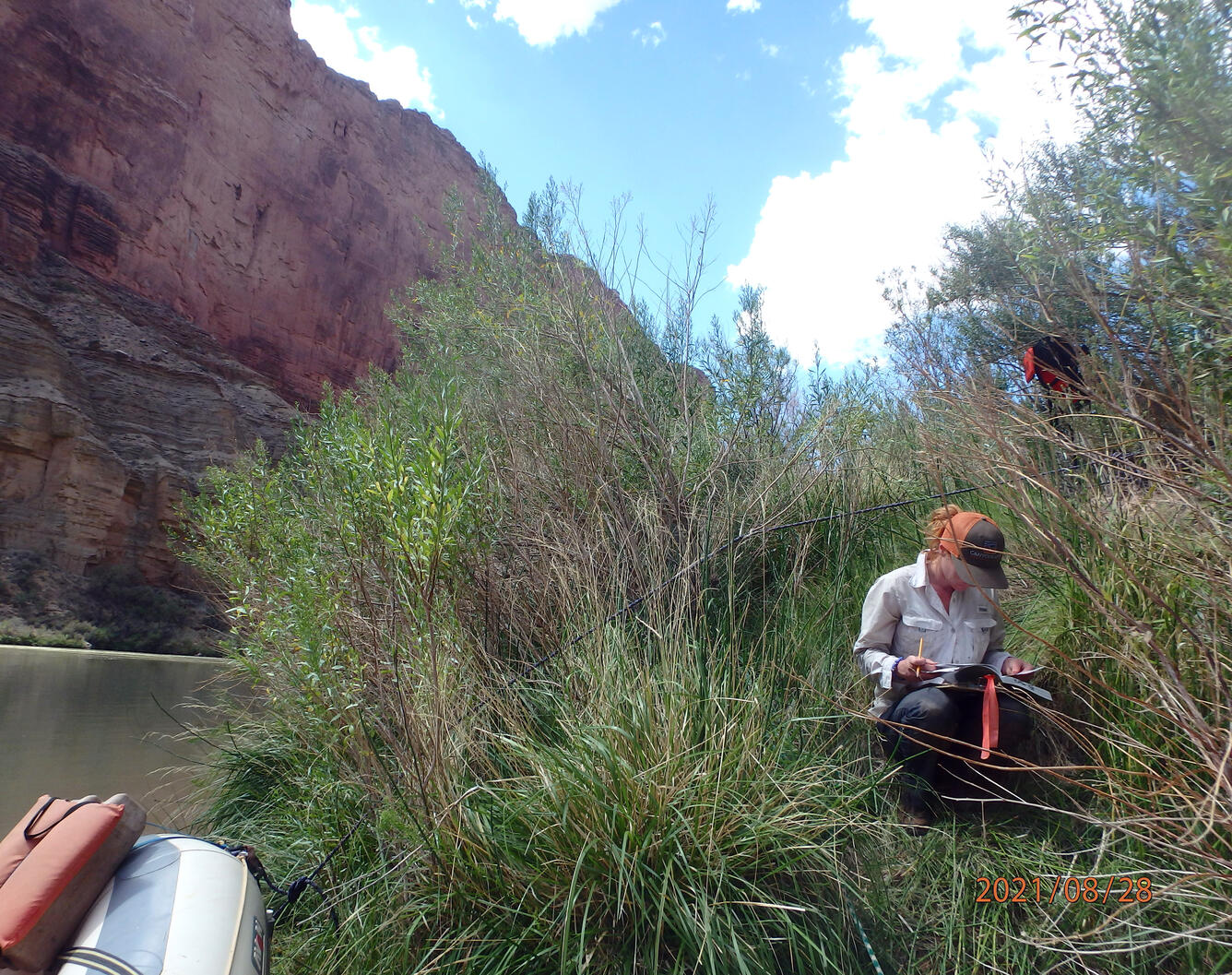
By surveying different geomorphic feature types and hydrologic zones, a comprehensive view of riparian plant communities along the Colorado River in Grand Canyon emerges.
The upper reaches of Grand Canyon are at a higher elevation and closer to the Great Basin Desert, so some common plants in this reach, such as Emory’s baccharis (Baccharis salicina) and white sagebrush (Artemisia ludoviciana) are more typical of the Great Basin.
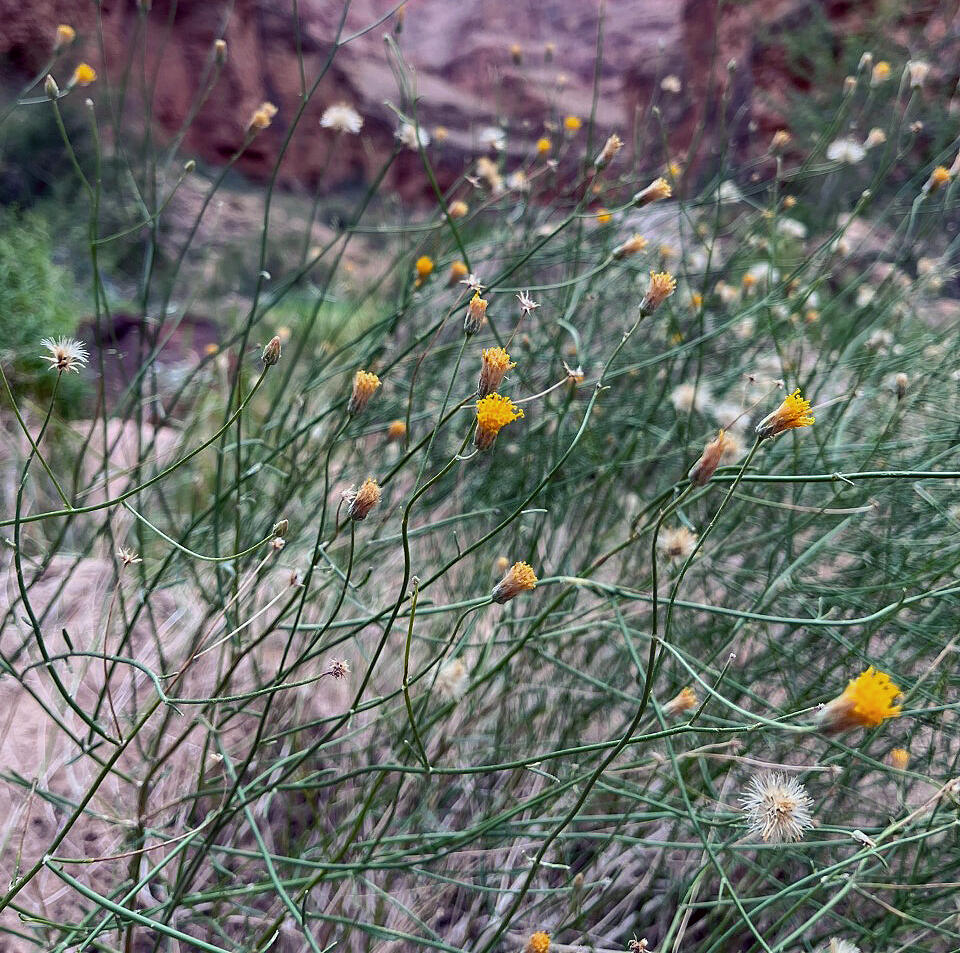
Moving downstream, changes in elevation, temperature, precipitation patterns, and geography support the growth of plants typically associated with the Sonoran Desert, including seep-willow (Baccharis salicifolia), desertbroom (Baccharis sarothroides), and arrowweed (Pluchea sericea).
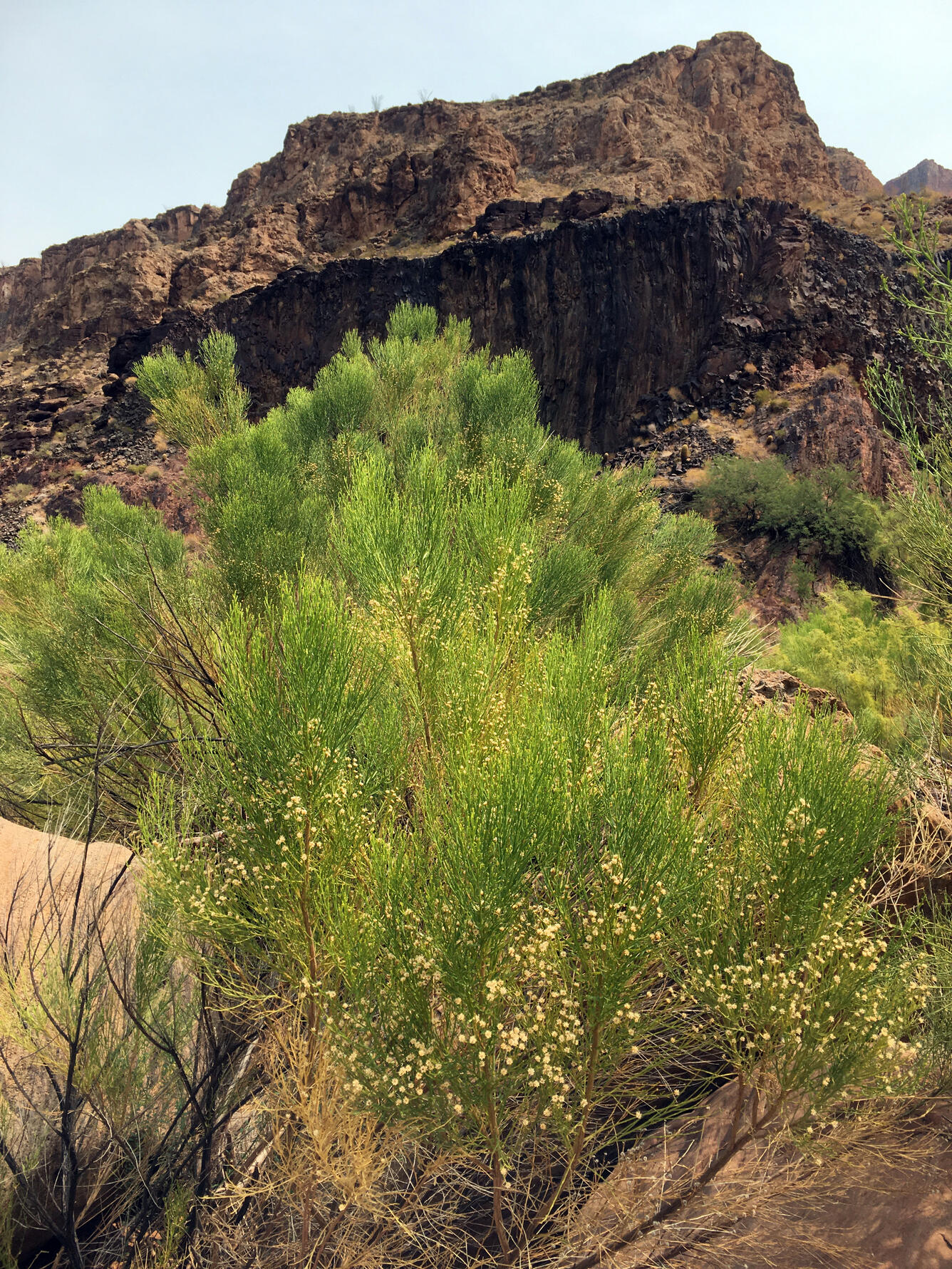
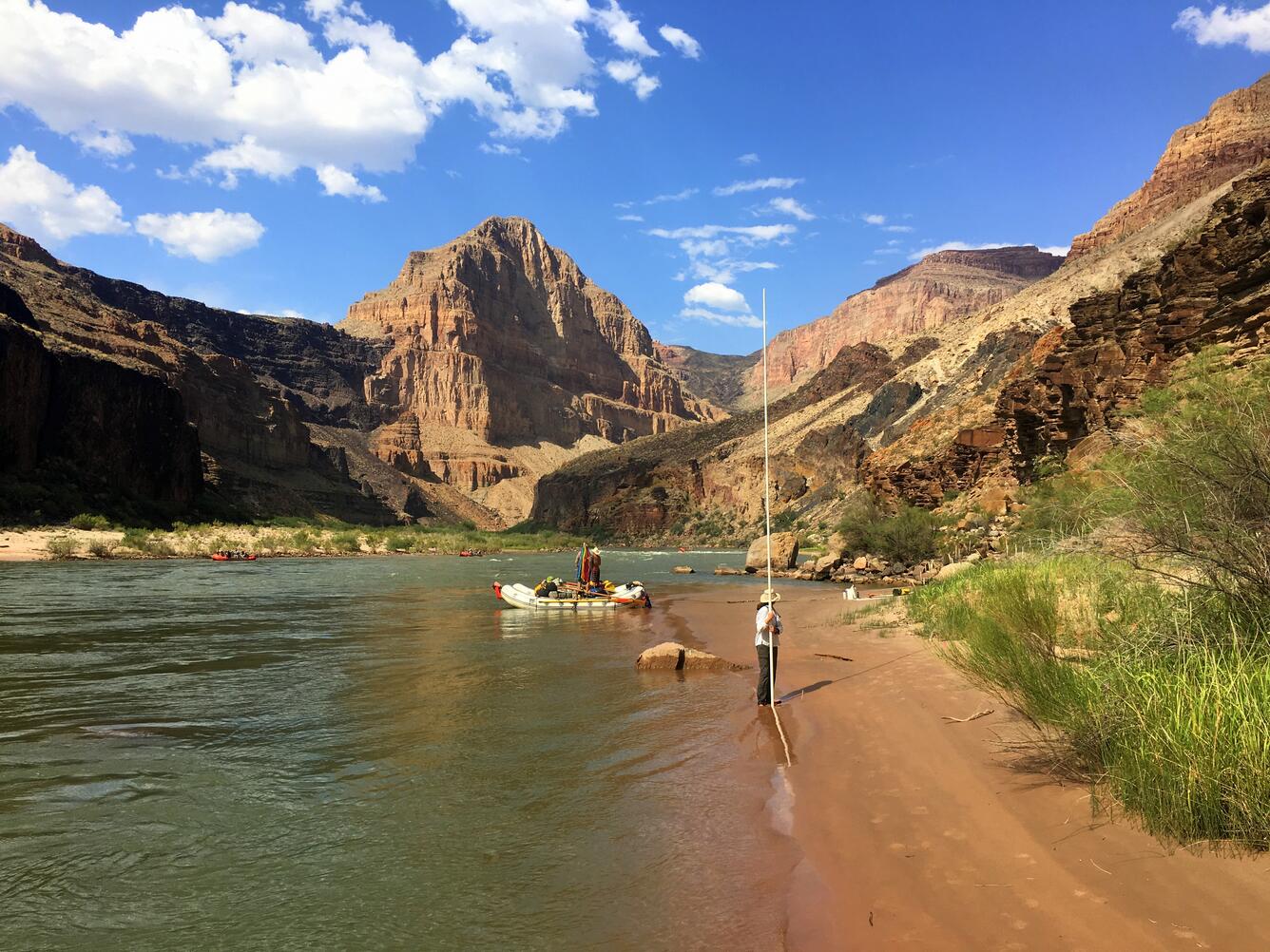
Overall, ground-based vegetation monitoring along the Colorado River through Grand Canyon has found that the diversity of plant species is richest in Marble Canyon and decreases as one moves westward, downstream, and down in elevation. The communities along the river also change as one moves along these gradients.
Results
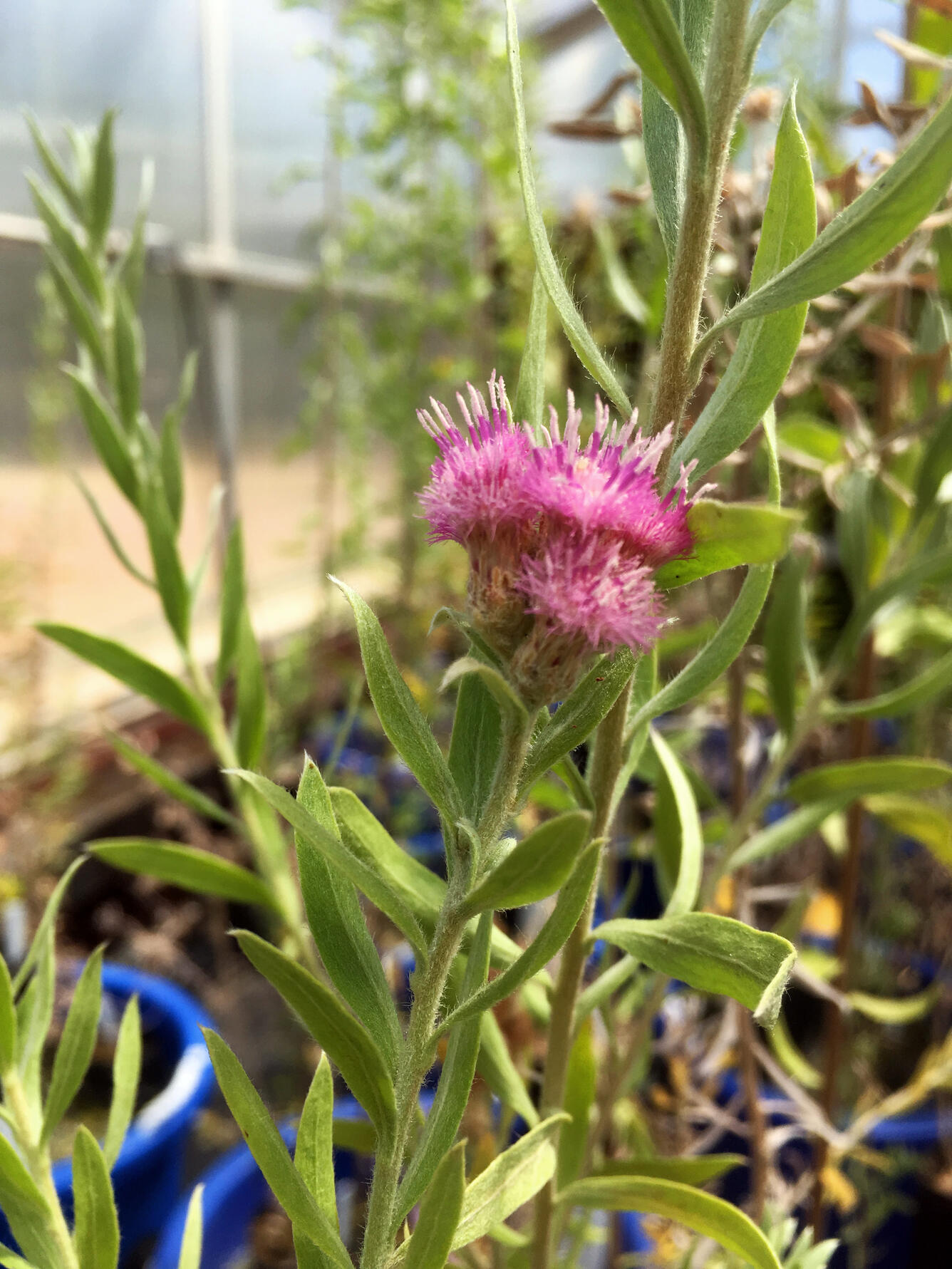
Analyses of the data collected by ground-based monitoring are released in five-year increments as Status and Trends reports. Findings about other topics including plant adaptations and physiology, plant community structure, and plant responses to flow regimes are published in scientific journals as studies are completed. You can access the most current articles and five-year status and trends reports under the Publications tab on this webpage.
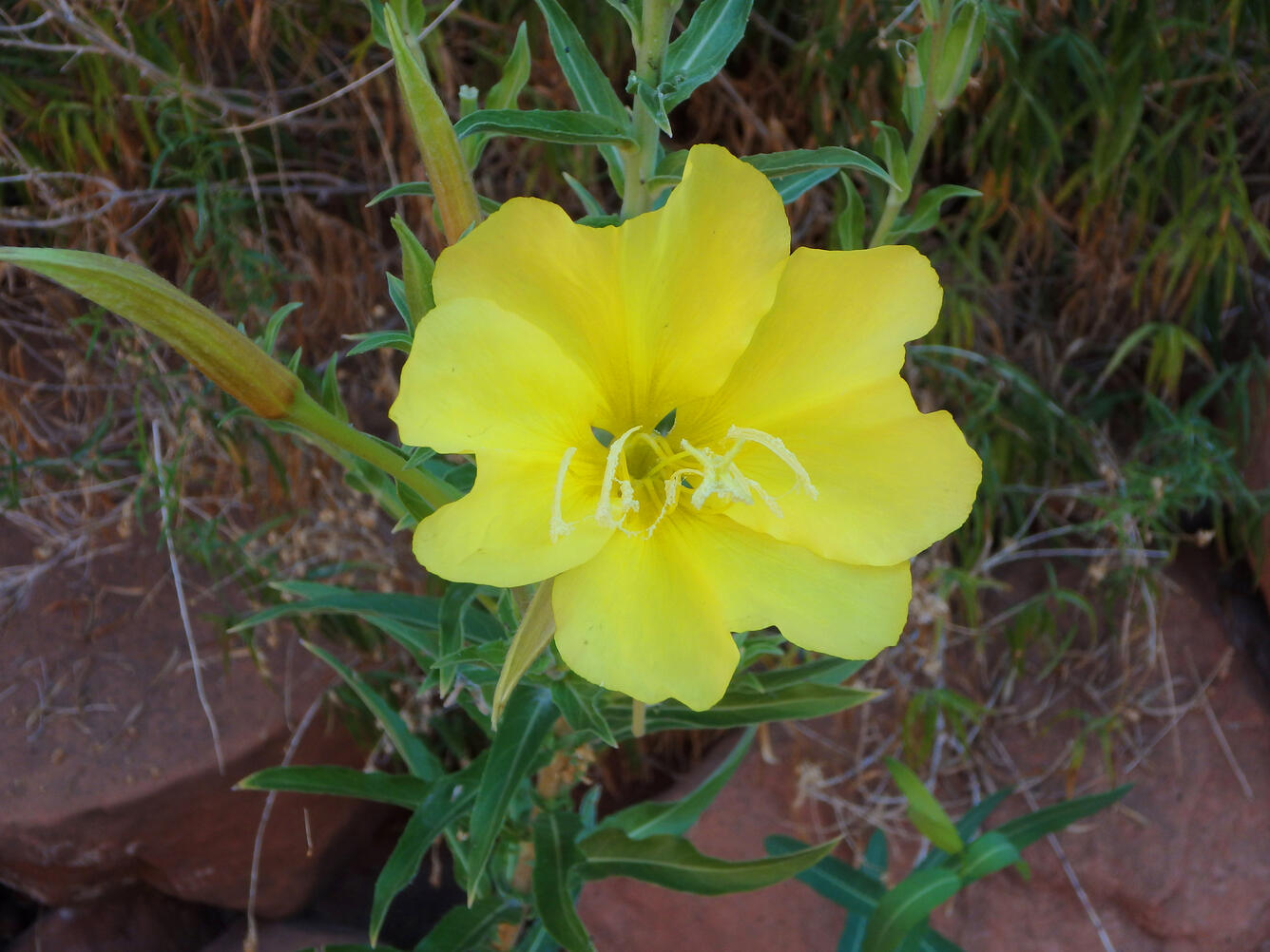
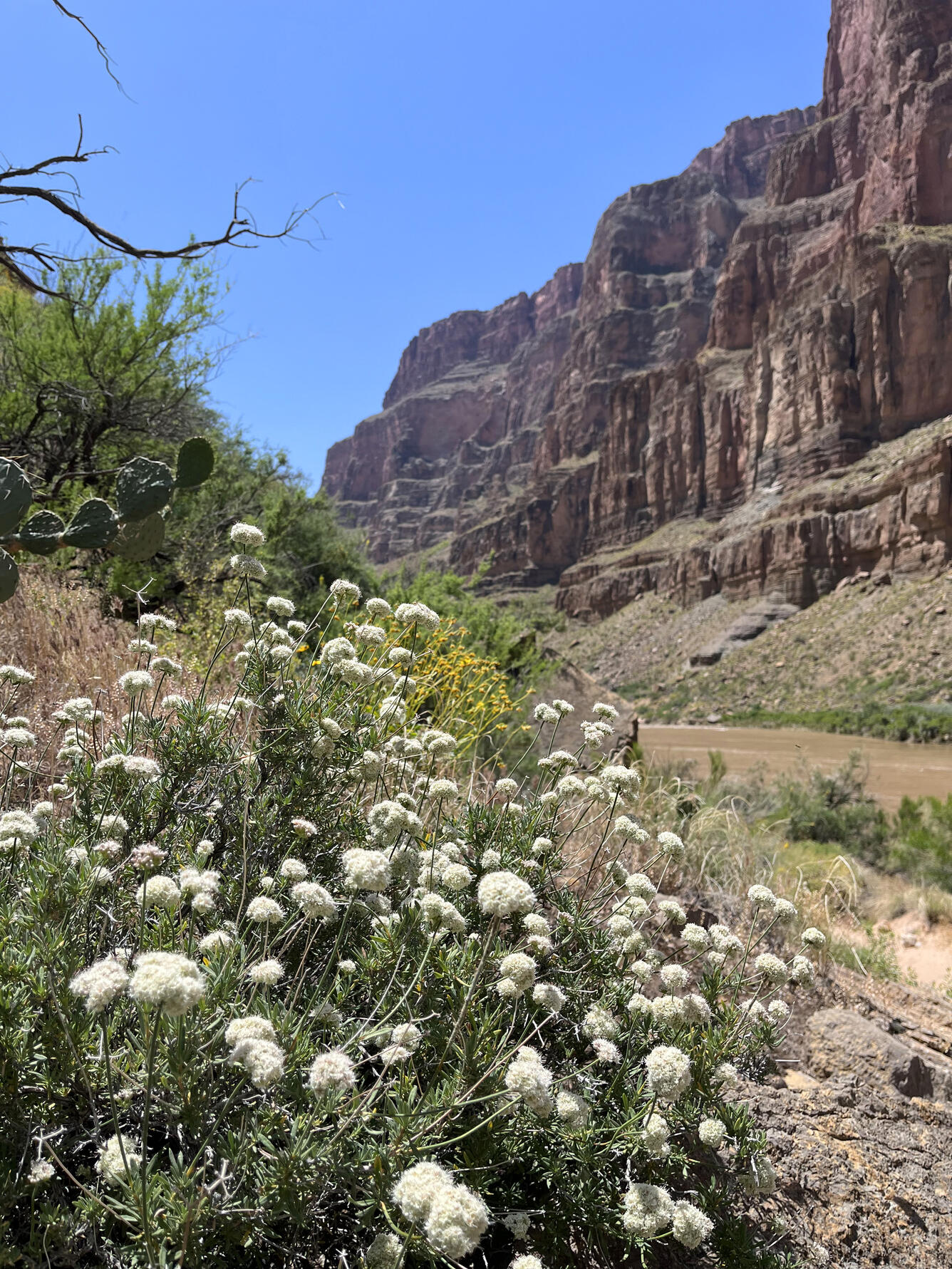
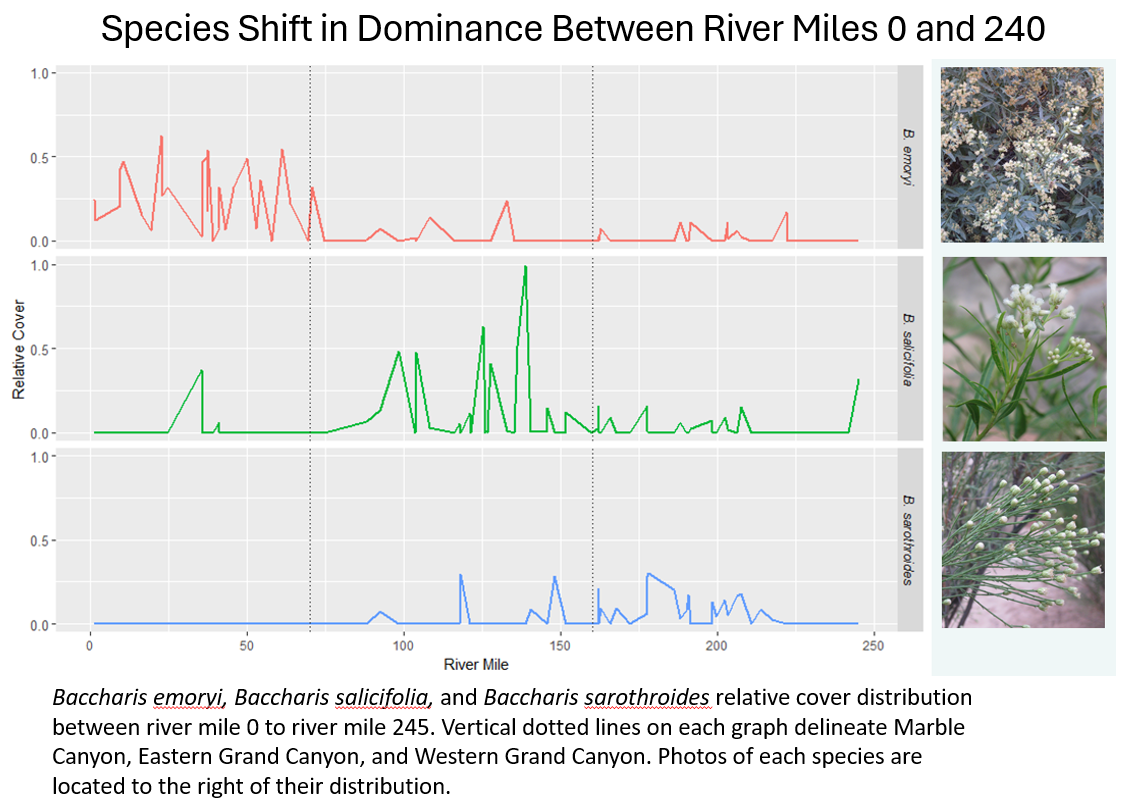

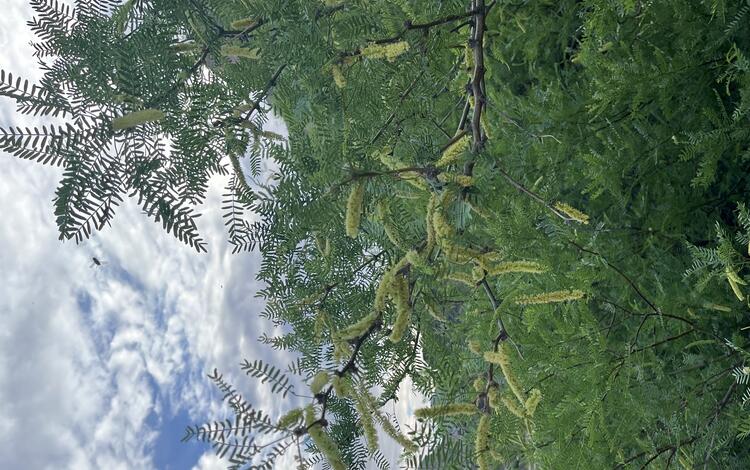
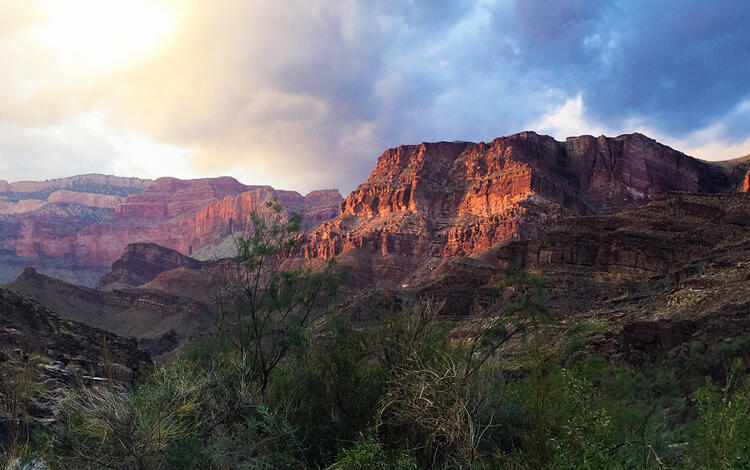

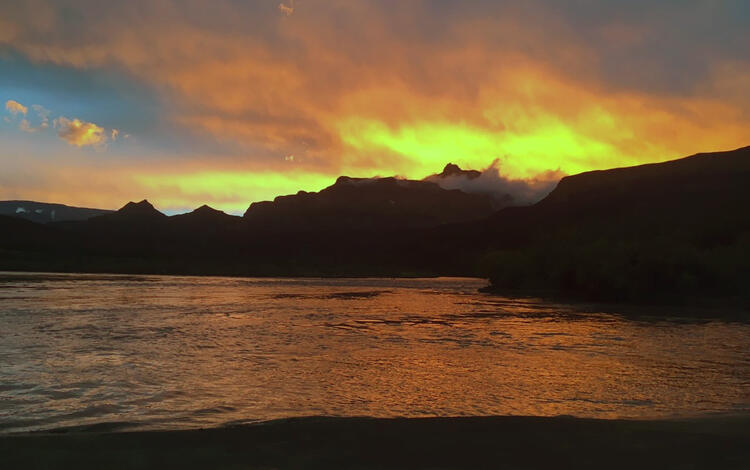
Below are other science projects associated with this project.
Riparian Vegetation in Grand Canyon: An Overview
Riparian Remote Sensing in the Colorado River and Grand Canyon Region
Riparian vegetation data downstream of Glen Canyon Dam in Glen Canyon National Recreation Area and Grand Canyon National Park, AZ from 2014 to 2019 Riparian vegetation data downstream of Glen Canyon Dam in Glen Canyon National Recreation Area and Grand Canyon National Park, AZ from 2014 to 2019
Below are publications associated with this project.
Associations between riparian plant morphological guilds and fluvial sediment dynamics along the regulated Colorado River in Grand Canyon Associations between riparian plant morphological guilds and fluvial sediment dynamics along the regulated Colorado River in Grand Canyon
A comparison of riparian vegetation sampling methods along a large, regulated river A comparison of riparian vegetation sampling methods along a large, regulated river
Hydrological regime and climate interactively shape riparian vegetation composition along the Colorado River, Grand Canyon Hydrological regime and climate interactively shape riparian vegetation composition along the Colorado River, Grand Canyon
Monitoring riparian-vegetation composition and cover along the Colorado River downstream of Glen Canyon Dam, Arizona Monitoring riparian-vegetation composition and cover along the Colorado River downstream of Glen Canyon Dam, Arizona
Landscape-scale processes influence riparian plant composition along a regulated river Landscape-scale processes influence riparian plant composition along a regulated river
Case studies of riparian and watershed restoration in the southwestern United States—Principles, challenges, and successes Case studies of riparian and watershed restoration in the southwestern United States—Principles, challenges, and successes
Variation in species-level plant functional traits over wetland indicator status categories Variation in species-level plant functional traits over wetland indicator status categories
Changes in community-level riparian plant traits over inundation gradients, Colorado River, Grand Canyon Changes in community-level riparian plant traits over inundation gradients, Colorado River, Grand Canyon
Functional traits and ecological affinities of riparian plants along the Colorado River in Grand Canyon Functional traits and ecological affinities of riparian plants along the Colorado River in Grand Canyon
Riparian vegetation response to the March 2008 short-duration, High-Flow Experiment— Implications of timing and frequency of flood disturbance on nonnative plant establishment along the Colorado River below Glen Canyon Dam Riparian vegetation response to the March 2008 short-duration, High-Flow Experiment— Implications of timing and frequency of flood disturbance on nonnative plant establishment along the Colorado River below Glen Canyon Dam
A Vegetation Database for the Colorado River Ecosystem from Glen Canyon Dam to the Western Boundary of Grand Canyon National Park, Arizona A Vegetation Database for the Colorado River Ecosystem from Glen Canyon Dam to the Western Boundary of Grand Canyon National Park, Arizona
Do beavers promote the invasion of non-native Tamarix in the Grand Canyon riparian zone Do beavers promote the invasion of non-native Tamarix in the Grand Canyon riparian zone
Below are partners associated with this project.
The goal of SBSC's Grand Canyon Monitoring and Research Center’s (GCMRC) riparian vegetation monitoring program is to assess changes and trends in plant species composition and cover and relate those changes to river hydrology, climate, geomorphology, and the operations of Glen Canyon Dam.
The GCMRC vegetation program collaborates with Glen Canyon National Recreation Area, Grand Canyon National Park, National Park Service (NPS) Northern Colorado Plateau Inventorying and Monitoring Network’s big-river program, the Navajo Nation botany program, and the Hualapai Tribe herbarium to connect these monitoring results to management needs across the Colorado River basin.
Monitoring is done by annual field campaigns collecting data on plant cover and diversity, and semi-decadal remote sensing. Together, these datasets can be analyzed to distinguish the effects of dam operations from other environmental and human-caused changes on riparian vegetation.

Each year, GCMRC’s ground-based riparian vegetation monitoring program samples 80-100 randomly selected sites between Glen Canyon Dam and Separation Canyon at river mile 240.
The program, along with a team of physical scientists, also samples the same 45 sandbars every year as part of a long-term monitoring project. At an average site, 27 one-square meter (m2) plots are surveyed. That’s approximately 3,600 distinct 1m2 plots surveyed every year!


Ground-based monitoring and remote sensing analyses of overflight imagery enables the classification of landscapes and detection of changes throughout the river corridor. These robust data sets help to tell the story of a changing riparian landscape.
General Methods:
At the beginning of each year, equal numbers of sites containing different geomorphic features are selected using a random number generator. These three feature types: sandbars, debris fans, and channel margins, are the common features present along the edge of the river. Within a site, three distinct hydrologic zones are sampled.
The zone closest to the river that can be inundated daily by standard flows is called the active channel. Standard, daily releases from Glen Canyon Dam can reach up to 25,000 cubic feet per second (cfs).

Above the active channel lies the active floodplain. This zone is inundated by flows up to 45,000 cfs, which occur during High Flow Experiments (HFEs). The last hydrologic zone is the inactive floodplain, which could only be flooded by flows greater than 45,000 cfs. Under current dam operations, this zone is no longer inundated.



At a standard site, field personnel set up three transects perpendicular to the river along a feature. Nine plots are placed along each transect, three in each of the hydrologic zones.

For each square-meter plot, botanists record the types of plants present, the relative area covered by each plant species, and characteristics about the plot including soil type, organic litter, and presence of dead vegetation. Elevations of each plot are also recorded. Plants that can’t be identified in the field are collected and preserved for later identification.


By surveying different geomorphic feature types and hydrologic zones, a comprehensive view of riparian plant communities along the Colorado River in Grand Canyon emerges.
The upper reaches of Grand Canyon are at a higher elevation and closer to the Great Basin Desert, so some common plants in this reach, such as Emory’s baccharis (Baccharis salicina) and white sagebrush (Artemisia ludoviciana) are more typical of the Great Basin.

Moving downstream, changes in elevation, temperature, precipitation patterns, and geography support the growth of plants typically associated with the Sonoran Desert, including seep-willow (Baccharis salicifolia), desertbroom (Baccharis sarothroides), and arrowweed (Pluchea sericea).


Overall, ground-based vegetation monitoring along the Colorado River through Grand Canyon has found that the diversity of plant species is richest in Marble Canyon and decreases as one moves westward, downstream, and down in elevation. The communities along the river also change as one moves along these gradients.
Results

Analyses of the data collected by ground-based monitoring are released in five-year increments as Status and Trends reports. Findings about other topics including plant adaptations and physiology, plant community structure, and plant responses to flow regimes are published in scientific journals as studies are completed. You can access the most current articles and five-year status and trends reports under the Publications tab on this webpage.








Below are other science projects associated with this project.
Riparian Vegetation in Grand Canyon: An Overview
Riparian Remote Sensing in the Colorado River and Grand Canyon Region
Riparian vegetation data downstream of Glen Canyon Dam in Glen Canyon National Recreation Area and Grand Canyon National Park, AZ from 2014 to 2019 Riparian vegetation data downstream of Glen Canyon Dam in Glen Canyon National Recreation Area and Grand Canyon National Park, AZ from 2014 to 2019
Below are publications associated with this project.
Associations between riparian plant morphological guilds and fluvial sediment dynamics along the regulated Colorado River in Grand Canyon Associations between riparian plant morphological guilds and fluvial sediment dynamics along the regulated Colorado River in Grand Canyon
A comparison of riparian vegetation sampling methods along a large, regulated river A comparison of riparian vegetation sampling methods along a large, regulated river
Hydrological regime and climate interactively shape riparian vegetation composition along the Colorado River, Grand Canyon Hydrological regime and climate interactively shape riparian vegetation composition along the Colorado River, Grand Canyon
Monitoring riparian-vegetation composition and cover along the Colorado River downstream of Glen Canyon Dam, Arizona Monitoring riparian-vegetation composition and cover along the Colorado River downstream of Glen Canyon Dam, Arizona
Landscape-scale processes influence riparian plant composition along a regulated river Landscape-scale processes influence riparian plant composition along a regulated river
Case studies of riparian and watershed restoration in the southwestern United States—Principles, challenges, and successes Case studies of riparian and watershed restoration in the southwestern United States—Principles, challenges, and successes
Variation in species-level plant functional traits over wetland indicator status categories Variation in species-level plant functional traits over wetland indicator status categories
Changes in community-level riparian plant traits over inundation gradients, Colorado River, Grand Canyon Changes in community-level riparian plant traits over inundation gradients, Colorado River, Grand Canyon
Functional traits and ecological affinities of riparian plants along the Colorado River in Grand Canyon Functional traits and ecological affinities of riparian plants along the Colorado River in Grand Canyon
Riparian vegetation response to the March 2008 short-duration, High-Flow Experiment— Implications of timing and frequency of flood disturbance on nonnative plant establishment along the Colorado River below Glen Canyon Dam Riparian vegetation response to the March 2008 short-duration, High-Flow Experiment— Implications of timing and frequency of flood disturbance on nonnative plant establishment along the Colorado River below Glen Canyon Dam
A Vegetation Database for the Colorado River Ecosystem from Glen Canyon Dam to the Western Boundary of Grand Canyon National Park, Arizona A Vegetation Database for the Colorado River Ecosystem from Glen Canyon Dam to the Western Boundary of Grand Canyon National Park, Arizona
Do beavers promote the invasion of non-native Tamarix in the Grand Canyon riparian zone Do beavers promote the invasion of non-native Tamarix in the Grand Canyon riparian zone
Below are partners associated with this project.



